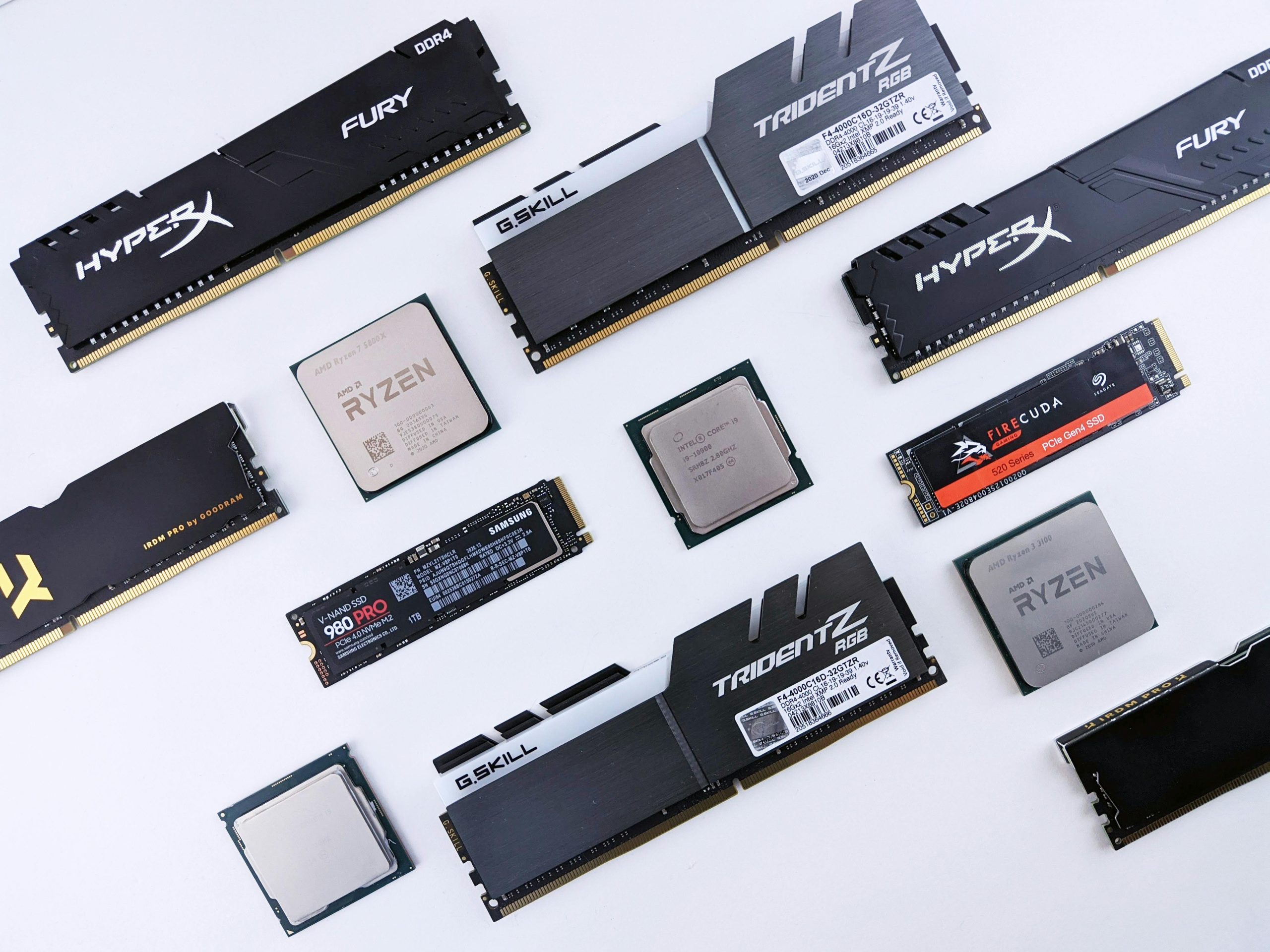Troubleshooting a Samsung 980 Pro SSD: A Guide to Data Recovery When Your Drive is Undetected
Hello, fellow tech enthusiasts!
Today, I experienced a challenging situation where one of the SSDs in my laptop—the Samsung 980 Pro—failed unexpectedly. This particular drive contained data of great emotional significance to me. Now, as a tech novice, I’m reaching out to see if anyone has insights or solutions to help recover the valuable information stored within.
The Situation
I’m currently running Windows 10, and to my dismay, the SSD has become completely undetectable. I’ve scoured through File Manager, Device Manager, and even checked my BIOS settings, but it appears to be completely missing from the system. In an effort to troubleshoot, I switched the NVMe ports between my two SSDs. While the other drive was recognized without issue—retaining its designation—I suspect the motherboard is functioning correctly.
Seeking Solutions
Given that the drive is no longer recognized and I’ve resigned myself to the fact that I probably won’t be able to restore it physically, I’m more focused on recovering my lost data. To anyone who might have experience with SSD data recovery, could you please share any useful tips or methods? Are there specific tools or services that you could recommend for dealing with an unresponsive drive like this?
I appreciate any guidance or personal experiences you might share. Thank you for your support!
Let’s hope we can find a way to resurrect not just the SSD, but the precious memories it contained.
Share this content:




Assessing and Recovering an Undetected Samsung 980 Pro SSD
Hi there,
I’m sorry to hear about your situation. When an NVMe SSD like the Samsung 980 Pro is not detected in Windows or BIOS, there are several troubleshooting steps you can try before considering professional data recovery services:
diskpartand typerescanto detect if the drive appears.